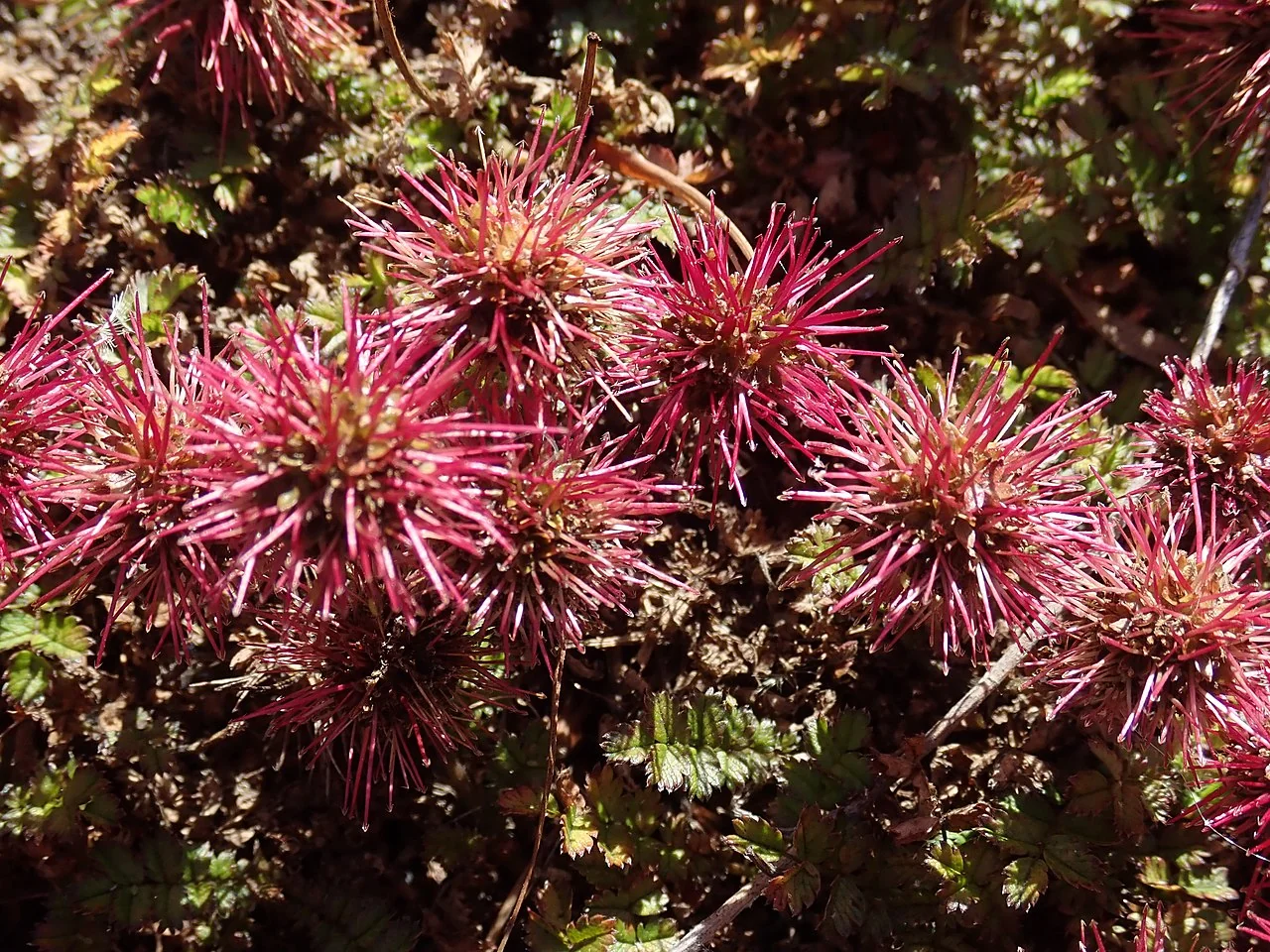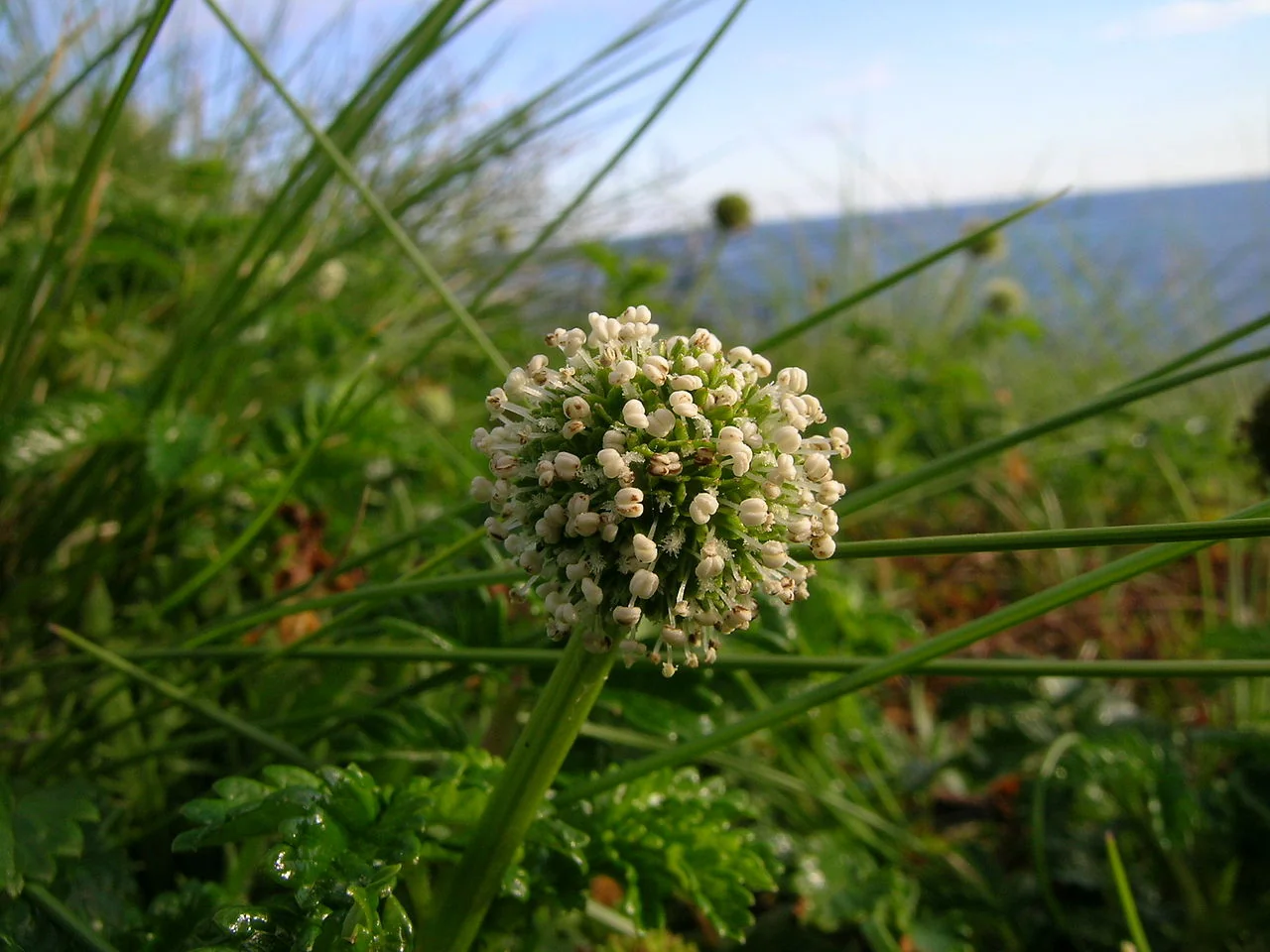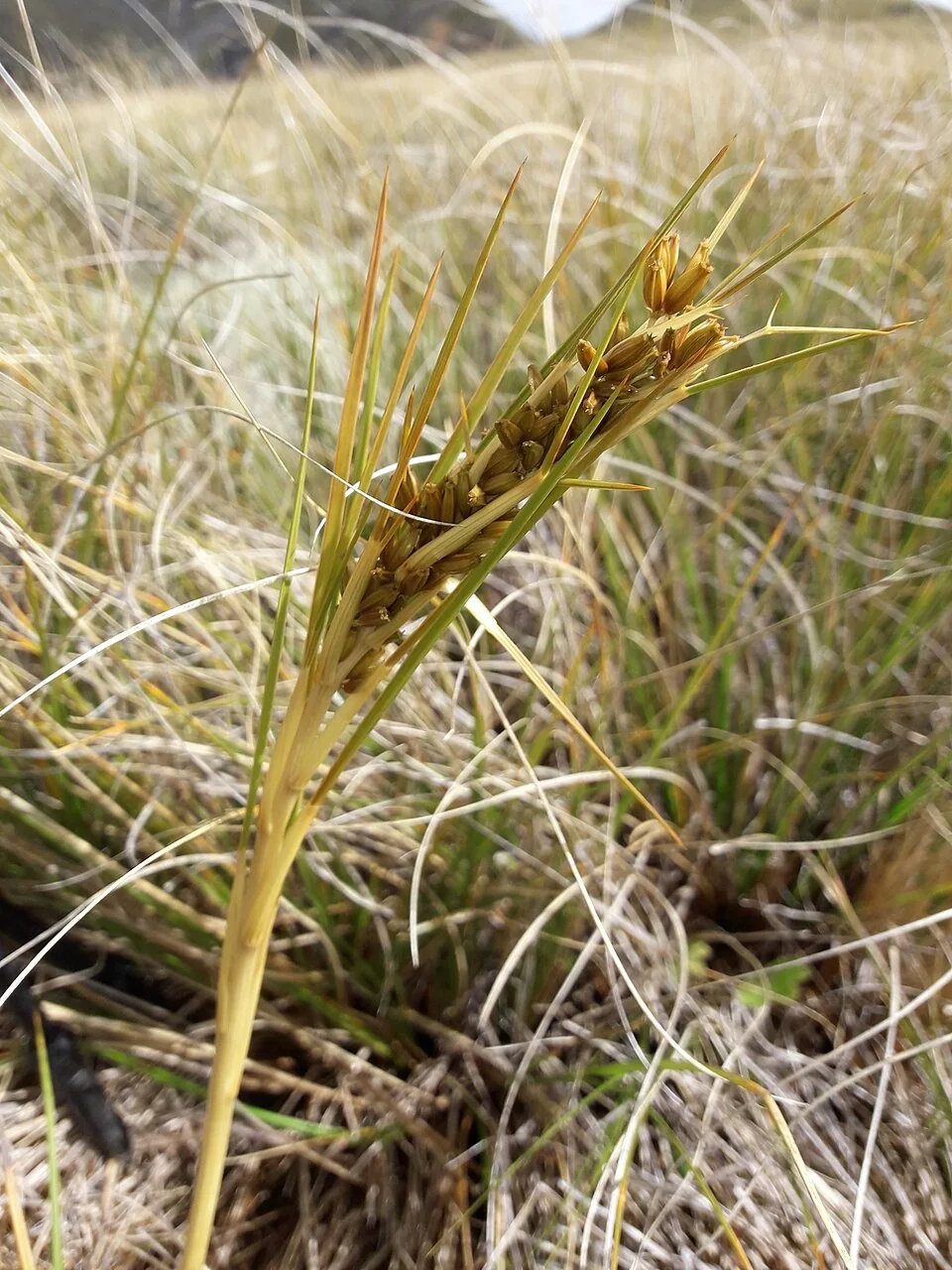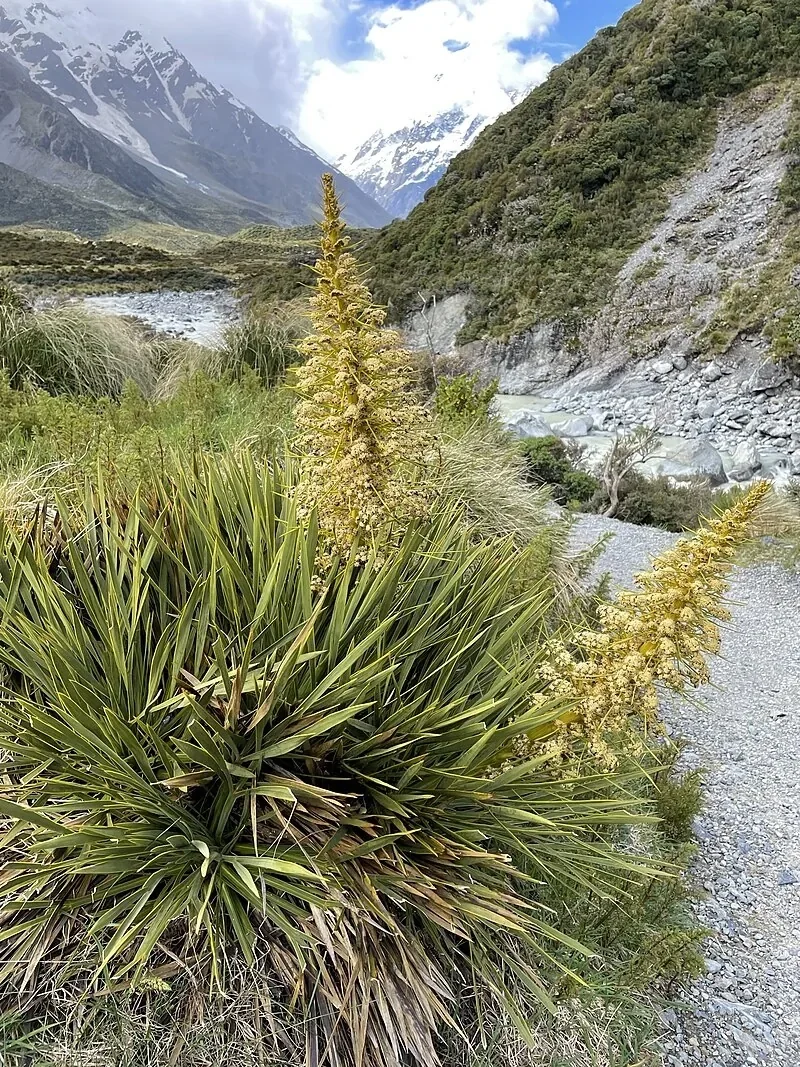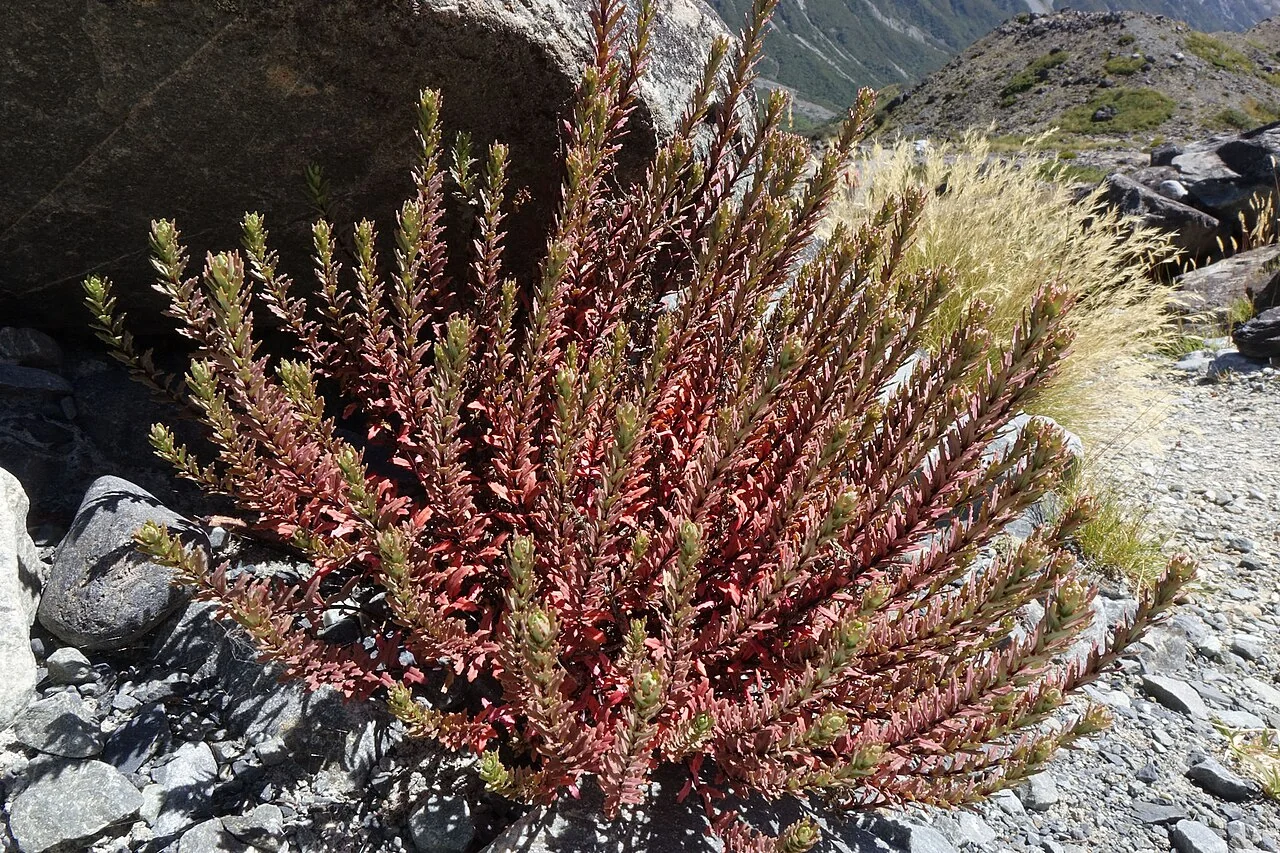
Black-Stemmed Willow Herb
Epilobium melanocaulon
Explore more NZ native plant guides in our index .
Introduction
About Black-Stemmed Willow Herb
Epilobium melanocaulon , commonly known as Black-stemmed Willow Herb, is a distinctive native perennial herb characterized by its striking purple-black stems and delicate white to pale pink flowers. Found naturally in river gravels and stony terraces throughout New Zealand, this hardy willowherb forms compact, bushy clumps that thrive in well-drained conditions. The plant's most notable feature is its dark-coloured stems which provide dramatic contrast against the bright green foliage and pale flowers, making it an excellent choice for rock gardens and naturalistic plantings where drainage is excellent.

Plant Description
Botanical Features
Epilobium melanocaulon , commonly known as Black-stemmed Willow Herb, is a distinctive native perennial herb endemic to New Zealand. It forms compact, much-branched shrublets, typically growing between 0.1 and 0.3 meters tall, from a stout taproot. Its most characteristic trait is its striking purple-black to maroon stems, though they can sometimes be green, decorated with dense strigillose hairs in lines. The leaves are sessile to subsessile, mostly opposite towards the base and alternate near the inflorescence, and are dark dull green, purple-black, or maroon, narrowly elliptic to elliptic in shape, with remotely and coarsely serrated margins. It produces erect and delicate white flowers that flush pink after pollination, appearing from December to April. The capsules are glabrous, brown, and range from 18-38 mm long, containing purple-brown, orange, or orange-brown seeds with a white, caducous coma that aids in wind dispersal. This species is a riparian specialist, thriving in shingly riverbeds, moraines, scree slopes, and lake margins at elevations ranging from approximately 110 to 1200 meters.
Quick Facts
Overview
| Scientific Name | Epilobium Melanocaulon |
|---|---|
| Height | 30-80 cm |
| Spread | 30-60 cm |
| Water Needs | Moderate to high |
| Light | Partial shade to full sun |
| Frost Tolerance | Good |
| Salt Tolerance | Poor |
| Growth Rate | Moderate |
| Lifespan | Perennial |
Climate Best Suited to
Epilobium melanocaulon inhabits open, often stony or sandy river flats and terraces from lowland to alpine zones. It tolerates cold winters and periodic drought, flourishing with sharp drainage and full sun.
Regional Suitability
| Whangārei | Ideal |
| Auckland | Ideal |
| Hamilton | Suitable |
| Rotorua | Suitable |
| Tauranga | Ideal |
| Gisborne | Ideal |
| New Plymouth | Ideal |
| Whanganui | Ideal |
| Palmerston North | Suitable |
| Napier | Ideal |
| Wellington | Ideal |
| Nelson | Ideal |
| Christchurch | Suitable |
| Dunedin | Suitable |
| Invercargill | Suitable |
| City | Climate Suitability |
|---|
Plant Habitat
Epilobium melanocaulon is a plant endemic to New Zealand, found in both the North and South Islands. Its natural habitat spans from lowland to alpine regions. It typically grows in riparian areas, including open braided riverbeds, gravelly riverbeds, and watercourses. It can also be found on moraines, scree slopes, and in gravelly areas along lake margins. Occasionally, it is observed in urban areas, particularly along railway tracks in the eastern South Island.
Plant Conservation
The conservation status of Epilobium melanocaulon is not explicitly stated with a formal classification (e.g., IUCN Red List category) in the sources cited here. However, it is identified as a native and endemic taxon to New Zealand. It is described as "abundant in shingly riverbeds, moraines and occasionally screes" in New Zealand, found at elevations of approximately 110-1200 meters.
Growing Requirements
Soil Requirements
Free-draining, gravelly or sandy substrates are essential; avoid heavy clays. Add coarse grit to garden beds to mimic river terrace conditions.
- Excellent drainage; low fertility acceptable
- Do not over-enrich; excessive nitrogen reduces hardiness
Light Requirements
Full sun for compact growth and abundant flowers; light shade tolerated in hot regions.
Water Requirements
Moderately drought-tolerant once established. Water deeply but infrequently; avoid chronic wetness around the crown.
Planting Guide
Epilobium melanocaulon , also known as purple-black willowherb, is an attractive perennial herb native to New Zealand, well-suited for rocky gardens or as a pot plant. It typically forms shrublets 0.1-0.3 meters tall with distinctive purple-black or maroon stems and dark green, purple-black, or maroon leaves. Its flowers are white, often flushing pink after pollination, and can also be violet or purple.
1. Location and Sunlight:
- Plant in full sun to partial shade; full sun is ideal for optimal blooming.
- It thrives in lowland to alpine environments, often found in open riverbeds, moraines, and scree slopes.
2. Soil Requirements:
- Requires good drainage.
- Prefers stony or dry soil, but can also grow in well-draining loamy soil that retains some moisture.
- The ideal soil pH is between 6.0 and 7.0.
3. Watering:
- Keep the soil consistently moist, but ensure it is well-draining to prevent waterlogging. Avoid letting the soil dry out completely.
4. Propagation:
- Seeds: Sow seeds outdoors in the fall, about 1/8 inch deep. Germination typically takes two to four weeks. If starting indoors, seeds require stratification. Seeds can also be sown in spring.
- Cuttings: This plant can be easily propagated from cuttings.
- Division: Propagate by dividing rhizomes in early spring or late fall.
- Epilobium melanocaulon is often short-lived, so it's best to grow it from fresh seed or cuttings and treat it as an annual.
5. Planting Time and Spacing:
- Transplant seedlings in the spring, spacing them 12 to 24 inches apart.
- The best planting season is generally spring, though it can be planted in summer or winter as well.
6. General Care:
- Fertilization: Fertilization is generally not necessary, especially if the plant spreads easily. If the soil is poor, a balanced, slow-release fertilizer can be applied in the spring, or sparingly during the growing season.
- Pruning: Cut back rangy plants. The best time for pruning is in winter when the leaves have fallen. Pruning is not typically required.
- Spread: Unlike many other Epilobium species, Epilobium melanocaulon is not typically weedy and will self-establish without becoming overly invasive. However, general Epilobium species can spread rapidly, so deadheading spent flowers can prevent unwanted spread if desired.
- Other Considerations: The plant can go dormant in excessive heat or cold. It does well in containers and is often used in mixed borders. Be aware that the plants can be brittle and may break easily. It attracts pollinators like hummingbirds, bees, and butterflies.
Ecological Role
Environmental Benefits
Epilobium melanocaulon , commonly known as willowherb, is an endemic plant to New Zealand, found in both the North and South Islands. Its ecological role is primarily shaped by its preferred habitats and growth characteristics.
- This species thrives in lowland to alpine environments, typically in riparian zones such as open braided riverbeds, gravelly riverbeds, and watercourses. It can also be found on moraines, scree slopes, and in gravel along lake margins. Occasionally, it colonizes disturbed areas like railway tracks in the eastern South Island.
- As part of the Epilobium genus, E. melanocaulon likely functions as a pioneer species, quickly colonizing and carpeting disturbed or open ground, becoming a key component of local ecosystems during early ecological succession.
- Its seeds are effectively dispersed by wind due to their silky fluff. While it can self-establish, it is not considered weedy. Most plants in the Epilobium genus do not tolerate shade, limiting their presence to recently disturbed, unshaded patches.
- Additionally, Epilobium species serve as a food source for the caterpillars of various Lepidoptera, including moths from the Geometridae, Noctūīdae, and Sphingidae families.
Uses and Significance
Important early-successional herb on disturbed river gravels and stony terraces, providing valuable nectar and pollen to native insects while helping stabilise loose surfaces with its fibrous root system. The distinctive purple-black stems create visual interest in natural and restored riparian landscapes, contributing to the diverse herb layer characteristic of New Zealand's braided river ecosystems.
Garden Uses
Cultural Significance
While there is no specific cultural significance attributed directly to Epilobium melanocaulon in standard references, the broader Epilobium genus, commonly known as willowherbs, has some cultural and practical uses.
General Cultural Significance of the Epilobium Genus Includes:
- Food and Medicine: In North-western North America, fireweed (Epilobium angustifolium) is used as a sweetener in various foods like candy, jellies, and ice cream. Its young leaves, roots, and shoots are edible and rich in provitamin A and vitamin C. The Dena'ina people used its sap on wounds for its believed anti-inflammatory properties.
- Symbolism and Ecology: Fireweed is the floral emblem of Yukon in Canada, Hedmark in Norway, and Southern Ostrobothnia in Finland. It is known for rapidly colonizing burnt ground; for example, it covered bomb sites in London during World War II.
- Horticulture: Epilobium melanocaulon is described as an attractive species suitable for rocky gardens or as a pot plant, though it tends to be short-lived.
Landscaping Uses
Garden Design Applications
Epilobium melanocaulon is an attractive perennial herb that can be used in landscaping, particularly in rocky garden settings or as a pot plant for terraces. This species forms shrublets, typically growing 0.1-0.3 meters tall, with distinctive purple-black or maroon stems and violet/purple or white flowers.
It is well-suited to environments that mimic its natural habitat, such as riparian areas, gravelly riverbeds, moraines, scree slopes, and lake margins, where it thrives in open, gravelly conditions. While it is a perennial, it can be short-lived and is often best grown from fresh seed or cuttings and treated as an annual. However, in favorable conditions, it can self-establish without becoming weedy.
Seasonal Care Calendar
Spring
Light feed with grit-mixed compost; watch for slugs on new shoots.
Summer
Deep, occasional watering; deadhead to extend bloom.
Autumn
Reduce irrigation; tidy spent stems.
Winter
Ensure crowns remain free-draining; avoid mulches that trap wet around stems.
Pruning and Maintenance
Techniques and Timing
Shear lightly after the main flowering flush to maintain a compact, bushy mound and prevent excessive self-seeding. Remove winter-killed tips in spring before new growth begins, cutting back to healthy wood or new shoots. This alpine-adapted willowherb benefits from light pruning which encourages dense growth and prolongs the flowering period through summer months. Avoid heavy cutting which can reduce the plant's natural hardiness and distinctive architectural form.
How to Grow Black-Stemmed Willow Herb
Black-stemmed Willow Herb is a distinctive and hardy native perennial herb that adds unique visual interest to rock gardens, alpine plantings, and naturalistic landscapes. Its striking purple-black stems provide a dramatic contrast against its delicate white to pale pink flowers and bright green foliage. Adapted to harsh conditions found in river gravels and stony terraces, this willowherb thrives in well-drained, sunny environments. Understanding its propagation methods is key to successfully growing this specialized species.
From Seed
Propagating Black-stemmed Willow Herb from seed is a straightforward and reliable method. Collect the mature capsules just before they split open to release the tiny, plumed seeds, typically in late summer or autumn. Allow the capsules to dry in a paper bag to collect the seeds. Sow the seeds onto the surface of a fine, gritty, well-draining seed-raising mix in autumn or early spring; do not cover them too deeply as seeds require light for germination. Maintain consistent moisture in the seed tray and provide warm, bright conditions. Germination is usually rapid, typically occurring within 10-21 days when soil temperature reaches 15-18°C. Once seedlings have developed a few true leaves, they can be potted into individual containers and grown in a sheltered location before planting out.
From Cuttings
Black-stemmed Willow Herb can also be propagated from softwood cuttings taken in late spring from healthy, non-flowering shoots. Take 5-8cm tip cuttings, remove the lower leaves and dip the cut end in a rooting hormone. Plant the cuttings into a well-draining propagation mix, such as a blend of perlite and sand. Maintain high humidity around the cuttings, perhaps by placing them under a plastic dome or in a propagator, and ensure consistent moisture in the cutting mix. Rooting usually occurs within a few weeks. Once rooted, the new plants can be potted on and grown in a sheltered environment until they are ready for planting.
From Division
Established clumps of Black-stemmed Willow Herb can be carefully divided in early spring when new growth begins. Gently separate the fibrous root systems into smaller sections using sharp, clean tools. Ensure each division has a healthy portion of roots and several growing shoots. Replant the divisions immediately into well-prepared soil that is gritty and well-draining. Water thoroughly after planting and keep consistently moist until established. This method is excellent for quickly expanding your stock of plants and for rejuvenating older, less vigorous clumps.
Pests and Diseases
Direct information regarding specific pests and diseases for Epilobium melanocaulon is limited. However, general information about other Epilobium species, commonly known as willowherbs, suggests some potential issues:
Pests:
- Various Epilobium species can serve as host plants for the larvae of moths and butterflies, including Hawk moths, Elephant hawk moths (Deilephila elpenor), Mourning cloak butterflies (Nymphalis antiopa), and White admiral butterflies (Limenitis arthemis).
Diseases:
- Epilobium hirsutum can be affected by epilobium phyllody (EpPh) phytoplasma, a parasitic bacterium that can cause flowers to develop abnormally (phyllody) and the plant to yellow.
It's worth noting that Epilobium ciliatum is generally described as having "No serious issues" with insects, diseases, or other plant problems, though it can be an invasive weed. Epilobium melanocaulon itself is described as an attractive species that is "not inclined to be weedy like many other epilobia."
Bonus Tip
Expert Growing Advice
Epilobium melanocaulon , the Black-stemmed Willow Herb, is a true standout among its genus! Unlike many other willowherbs, it's not inclined to be weedy, making it a well-behaved addition to gardens. Its striking purple-black stems provide a dramatic contrast against its delicate white to pale pink flowers, making it easily distinguishable from other Epilobium species in New Zealand. This unique coloration and its compact, bushy growth habit make it a fantastic choice for adding visual interest to rocky gardens or as a potted specimen, especially for those who appreciate plants with a bit of dramatic flair!




